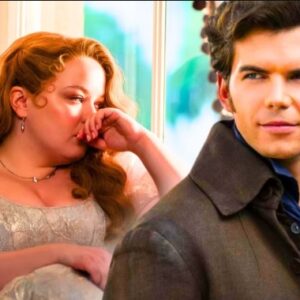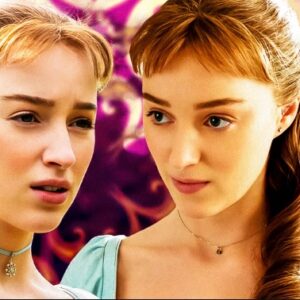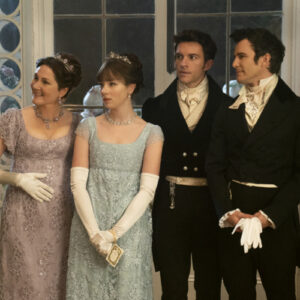‘Outlander’s opening credits song is as dynamic as the rest of the series.
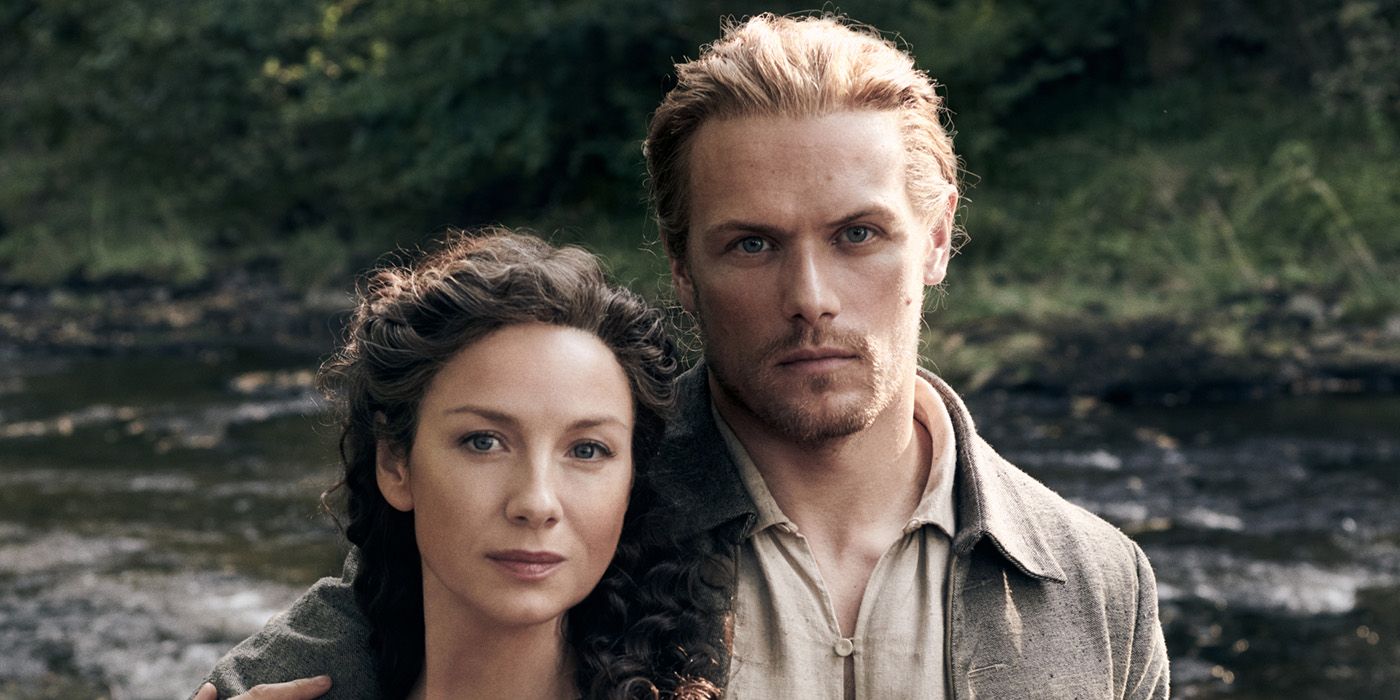
Outlander is a period drama that follows time-traveling nurse-turned-surgeon Claire Randall (Catriona Balfe) through the mid-20th century to 18th century Scotland and beyond. The only constants in the show are the love and marriage between Claire and her 18th-century husband, Jamie Fraser (Sam Heughan), a warrior who is at the forefront of the Jacobite Rebellion, and their ties to home. The show gets much right in the way of history and the characters being torn by it. Time has to be manipulated, and as a result, the characters try to preserve their histories the best that they can. These elements of family, home, and history are poignantly utilized via the show’s iconic theme song from composer Bear McCreary. But what does Outlander‘s theme song actually mean, and what historical event does it reference?
What Song Is Featured in ‘Outlander’s Opening Credits?
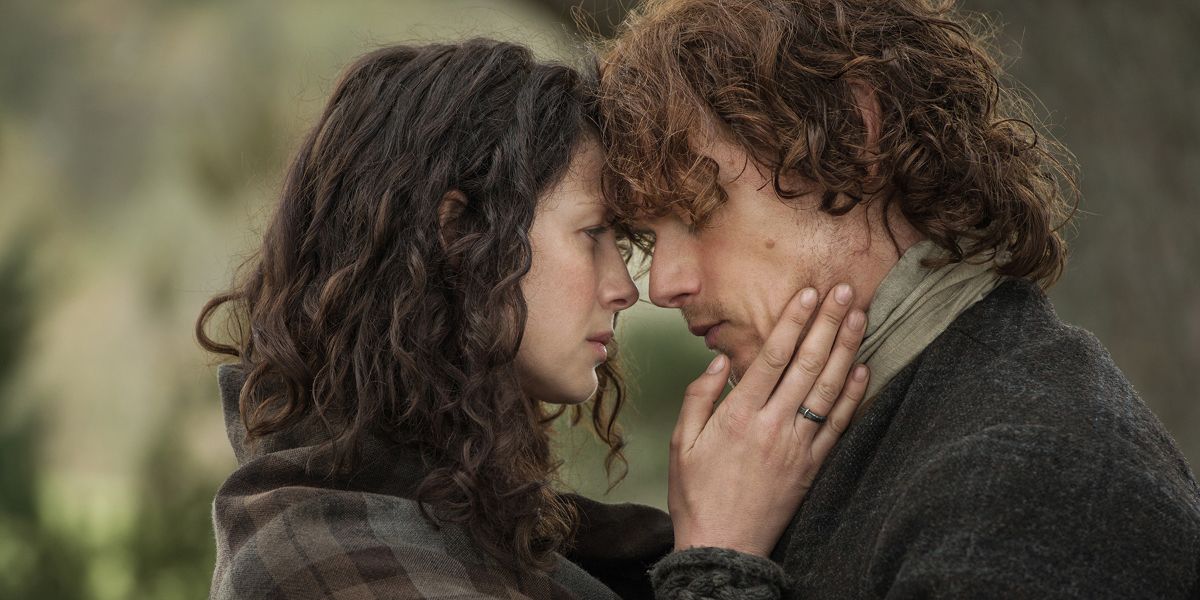
The origins of the Outlander theme song, “The Skye Boat Song,” can be traced all the way back to a Scottish song titled “Cuachag nan Craobh” (“Cuckoo of the Tree”), first composed by writer William Ross around the year 1782.
However, the version that appears in the series is based on lyric edits that were made to the original song by Sir Harold Boulton in the 19th century, which illustrates how Bonnie Prince Charlie was taken away under cover of the night to the Isle of Skye after the Jacobite Rebellion for his own safety. Alternate lyrics were also written later, likely in 1885, by the author Robert Louis Stevenson:
Sing me a song of a lad that is gone,
Say, could that lad be I?
Merry of soul he sailed on a day
Over the sea to Skye.
Billow and breeze, islands and seas,
Mountains of rain and sun,
All that was good, all that was fair,
All that was me is gone.
“These lyrics are much better suited to Claire’s story, and after we altered a few consonants to change the gender of the speaker, they connected even more directly,” says McCreary, where he details writing the music for the first episode of the series. (His wife, Raya Yarbrough, is the vocalist for several seasons.) Assuredly, the lyrics do mimic how the show’s protagonist was spirited away through stones into 18th-century Scotland — and then later, how she is also sent away before the Battle of Culloden.
In the 1700s, the majority of Scots were Catholic and wanted to see a Catholic king on the throne of Scotland. Prince Charles Stuart fit that bill. Known by the nickname “Bonnie Prince Charlie,” he was the son of whom most believed was the true king, James. But the majority rulers, of Protestant and English extraction, were fearful that allowing James or Charles on the throne would make them a Catholic nation once more, so they exiled the Stuarts. Yet many ethnic Scots fought to restore King James (the English name of the biblical Jacob) or his son to the throne, in what would become known as the Jacobite Rebellion. Living mainly in Italy and France, Prince Charles made a brief segue into Scotland to check in on the Jacobite cause. Seeing that it would likely be unsuccessful after the Battle of Culloden resulted in significant losses, he was taken away to the Isle of Skye.
How ‘Outlander’ Introduces Bonnie Prince Charlie
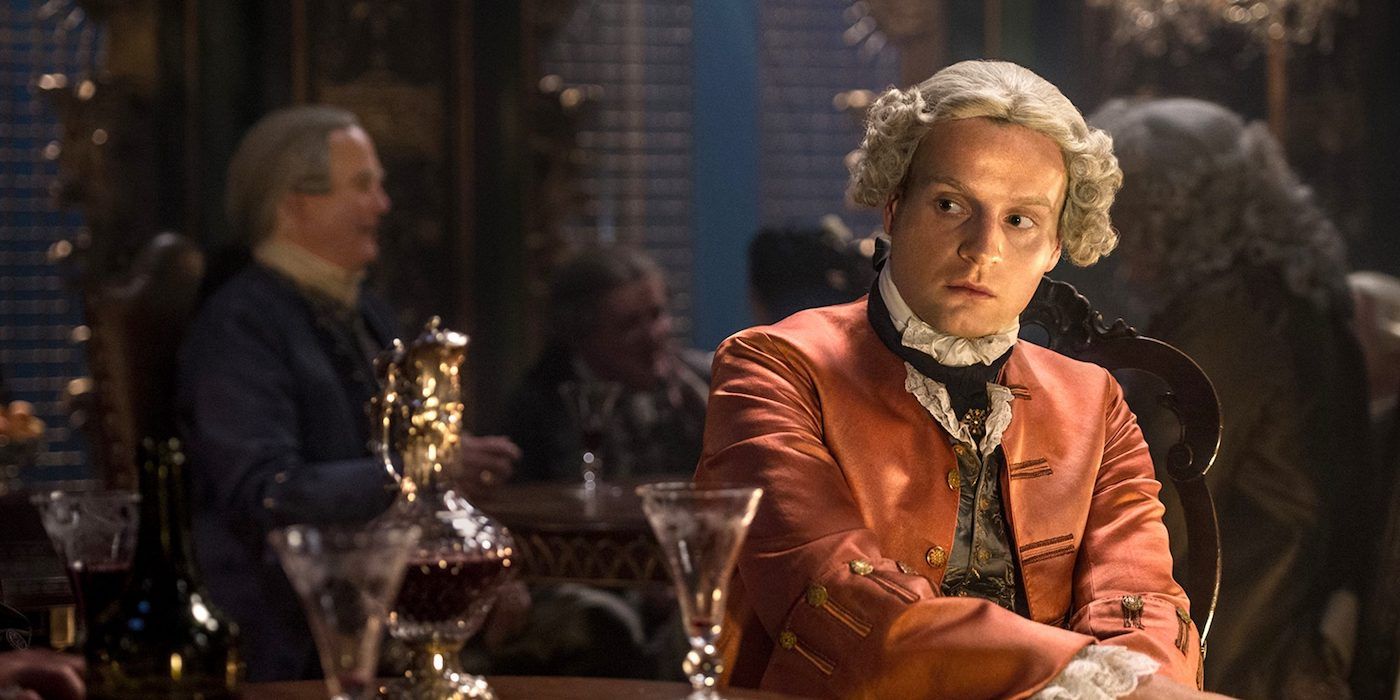
The Frasers are not the only clan that loses their way of life after the battle — the Scots as a people do so as well. Culloden was a sweeping victory for the English and as a result, the native Scots that were not eradicated were no longer allowed to practice Scottish customs such as wearing tartans or playing bagpipes. They were also forced into practicing a new religion, and they never saw their beloved prince again. This is why Outlander‘s theme song becomes so important. It symbolizes the survival of these ways of life through times of trial and triumph, the persevering spirit of the Scots, and how they had to adapt to their changing fates.
‘Outlander’s Theme Song Changes With Every Season
In the first season, the opening theme song is sung by Yarbrough, along with its intros, outros, and associated character themes and segues, are played on decidedly Scottish instruments: bagpipes, a frame drum called a bodrán, fiddle, and a penny whistle, the woodwind sounding instrument that plays during reflective pieces. When the Frasers are hiding out in France in the first half of Season 2, part of the lyrics to “The Skye Boat Song” are sung in French. The accompaniment is played with violins and the accordion to add to the setting change for the series. In Season 3, the Frasers are briefly shipwrecked in Jamaica, and the corresponding version of that theme song is heavy on percussion and vocals.
In the fourth season, the Frasers arrive in their new home in North Carolina, and the song is played on banjo and drum and has backing vocals that are reminiscent of American folk music. The Season 5 cover is sung by an a cappella choir coordinated by Jasper Randall. Season 6 is the first time the theme song boasts a dueted version, where Scottish singer Griogair Labhruidh performs alongside Yarbrough with minimal accompaniment on strings and percussion. It is no coincidence that much of this style of music featured in the show’s latter seasons was passed down by settlers from Scotland adapting to the musical instruments that were easy to transport or were used by locals. It lends a sense of historical accuracy and homage to the places the characters call home. The most recent version of Outlander‘s theme song, however, is being performed by Sinéad O’Connor with strings accompaniment.
Even though Outlander‘s theme song remains a constant part of the series and isn’t ditched or swapped like in many others, these changes add to the show’s mood of mystery, longing, and love that the characters have for their home and ways of life. More than that, “The Skye Boat Song” also speaks to the strength and resiliency of the people that the music represents.
In the fourth season, the Frasers arrive in their new home in North Carolina, and the song is played on banjo and drum and has backing vocals that are reminiscent of American folk music. The Season 5 cover is sung by an a cappella choir coordinated by Jasper Randall. Season 6 is the first time the theme song boasts a dueted version, where Scottish singer Griogair Labhruidh performs alongside Yarbrough with minimal accompaniment on strings and percussion. It is no coincidence that much of this style of music featured in the show’s latter seasons was passed down by settlers from Scotland adapting to the musical instruments that were easy to transport or were used by locals. It lends a sense of historical accuracy and homage to the places the characters call home. The most recent version of Outlander‘s theme song, however, is being performed by Sinéad O’Connor with strings accompaniment.
Even though Outlander‘s theme song remains a constant part of the series and isn’t ditched or swapped like in many others, these changes add to the show’s mood of mystery, longing, and love that the characters have for their home and ways of life. More than that, “The Skye Boat Song” also speaks to the strength and resiliency of the people that the music represents.
